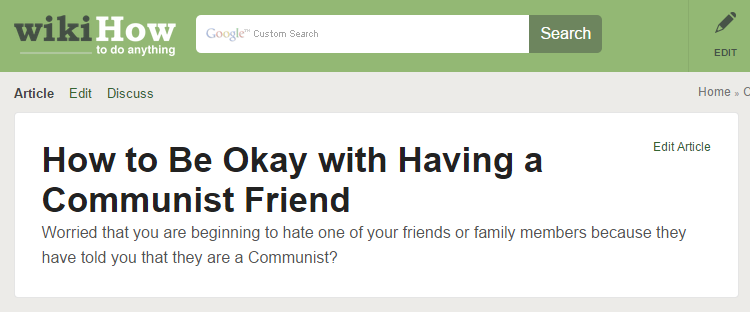Your approach to headlines should also vary depending on your audience. For example, let’s look at these super-specific headlines from around the web:
- How Our Side Project Generated $51,365 in 60 Days
- How Lua’s CEO Built an Enterprise Messaging App That Boosts Open Rates From 20% to 98%
- 5 Things We Did in 2014 to Grow by 1059%
The exact figures presented in these headlines are all framed within a context of providing actionable advice to other marketers and startups. “Case study” blog posts like this often perform well, due to their transparent nature (which pulls the curtain back from successful growing businesses and the people who run them) and the “how-to” angle (which attracts people who want to accomplish the same thing by following real-world examples).
People LOVE how-to articles.
That’s all well and good if that’s what you’re looking for – which, in my case, is rare. I didn’t read any of these posts, simply because it seems that at least half of the blog posts in my RSS feed are structured in this fashion (including this one). They’re great for the sake of example, but I glossed right over them because they’re so similar to the dozens of other posts I see every day telling me three hacks to grow my startup by X percent in Y months.
Another common technique is posing a question in your headline. Done well, this can be extraordinarily effective, as it is in these examples:
- Can an Algorithm Write a Better News Story Than a Human Reporter?
- Would You Be Part of a Crowdsourced Environmental Warning System?
- What Do Uber, Zenefits, and Public Health in a Kenyan Slum Have in Common?
However, this technique is also growing tiresome, and fewer publications are utilizing it these days (thankfully alongside the always-irksome “You won’t believe…” headline). If you opt for asking questions in your headlines, be sure it’s a question your audience will be genuinely interested in.
Writing headlines for blog posts is as much an art as it is a science, and probably warrants its own post, but for now, all I’d advise is experimenting with what works for your audience. If your readers want hyper-specific case studies on how to do stuff, by all means let ‘em have it. Don’t, however, do something just because someone else is, especially if it’s not resonating with your audience.
How to Write a Blog Post, Step 3: The Writing Part
So, you’ve done your research, settled on a headline (or at least a working title), and now you’re ready to actually write a blog post. So get to it.
Be sure to actually turn your computer on before you start writing.
Similarly to headlines, there are two main approaches to writing a blog post. You can either sit down and write an entire draft in a single sitting (my preferred workflow), or you can chip away at it gradually over time. There is no right or wrong answer here – only whatever works for you.
However, I’d recommend getting as much done in one session as possible. This makes it easier to stay focused on the topic, minimizes the chance that you’ll forget crucial points, and also lets you get the damned thing out of your hair faster.
Even if you work more effectively in short bursts, try to maximize the amount of writing you get done in those sessions. The more times you have to revisit a draft, the more tempting it is to add a little here, and a little there, and before you know it, you’ve gone wildly off-topic. Get as much done as you can in a single sitting even if you prefer to draft a blog post over three or four writing sessions.
Like most skills, writing becomes easier and more natural the more you do it. When you first start, you might find that it takes a week (or longer) to write a post, but with practice, you’ll be knocking out great posts in hours. Unfortunately, there are no “hacks” or shortcuts when it comes to writing – you have to put in the time at the coalface.
NOTE: A lot of people struggle with writing introductions. A great strategy is to write the introduction last. Just get into the meat of the blog post, and worry about the introduction later. Here are five easy ways to write a great introduction.

